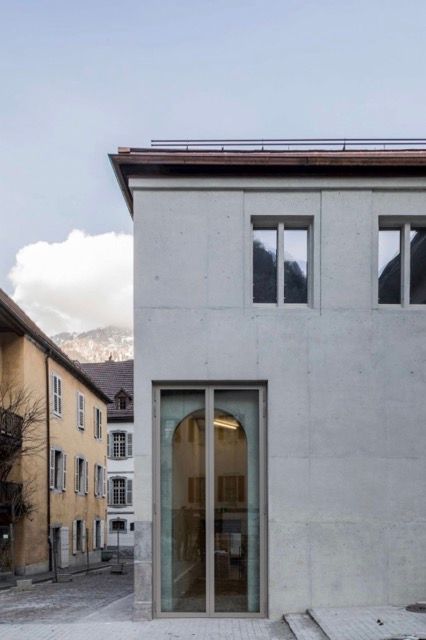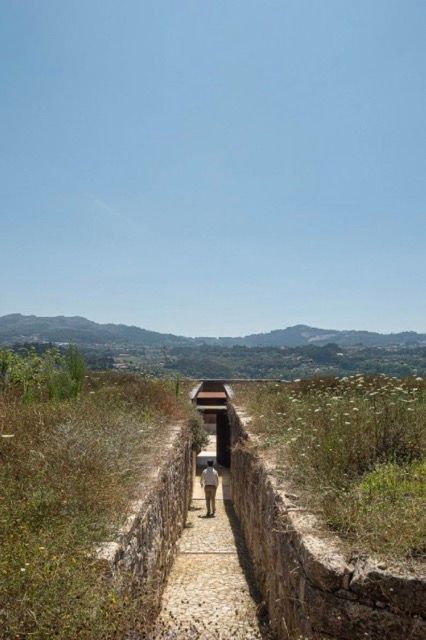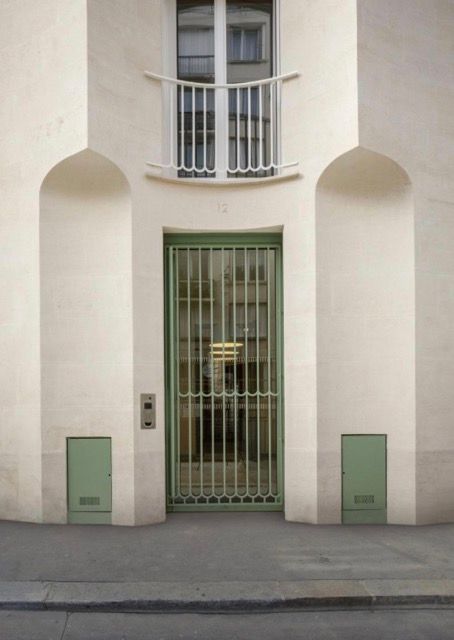Is it the moment I take off my shoes? When I walk through the door of my building? Or perhaps even earlier—at the sight of a porch, a low wall, a single step? The question of the threshold lies at the heart of many architectural reflections. Marking the entrance to a space is far more than designating a point of passage: it is an intention, a staging, a narrative.
The Threshold Between Two Worlds
The entrance is the transition between the intimate and the public. It marks that precise moment when one leaves the noise and chaos of the outside world to step into something more personal, more composed. In private spaces, entrances are often modest, discreet, almost hidden. They retreat, narrow down, sometimes blend into the shadows—as if to better protect the intimacy they enclose. In contrast, public buildings often feature prominent, open, even monumental entrances. They assert their welcoming nature, extend a gesture toward the outside. The threshold becomes a signal, an invitation, sometimes even a ceremony.
A Sensory Experience
Beyond its form, the entrance is also a sensory experience. It offers the first architectural impressions: – a shift in light, – a texture under the hand, – a slowing of footsteps, – a change in sound. A well-designed entrance doesn’t merely allow passage. It prepares, introduces, reveals. It guides, filters, frames—it sets the tone.
Cultural and Climatic Thresholds
Each culture, climate, and lifestyle shapes its own way of imagining the entrance. In Nordic countries, it is often preceded by a vestibule, a buffer zone to shed the cold and slow down from the outside pace. In Mediterranean regions, the boundary is often more fluid: a patio, a loggia, a pergola... the entrance becomes a space of openness and breath. In rural homes, it stretches across yards, barns, and kitchens—a threshold in several acts. In urban contexts, it becomes a filter, a shield between the privacy of the home and the anonymity of the street. Each territory invents its own way of saying "welcome."
Three Inspiring Examples
– Les Maisons Duc in Saint-Maurice by GayMenzel: a glazed, slender entrance door that filters light while subtly emphasizing verticality.
 – Casa da Levada by Tsou Arquitectos: an almost invisible entrance, hidden among tall grasses, as if nature itself formed the threshold.
– Casa da Levada by Tsou Arquitectos: an almost invisible entrance, hidden among tall grasses, as if nature itself formed the threshold.
 – A residence in Paris’s 6th arrondissement by Jean-Christophe Quinton Architecte: where the entrance plays with subtle setbacks, elegantly woven into the urban fabric.
– A residence in Paris’s 6th arrondissement by Jean-Christophe Quinton Architecte: where the entrance plays with subtle setbacks, elegantly woven into the urban fabric.


